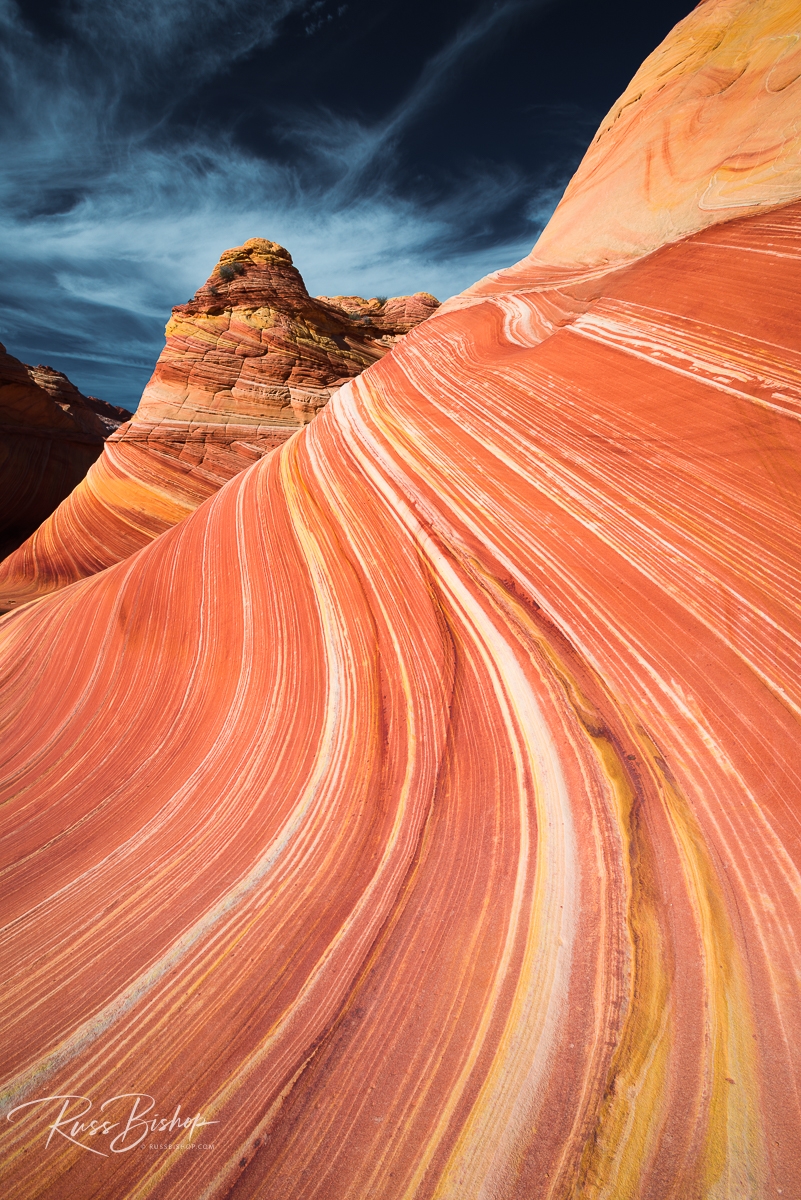
Chasing Waterfalls. There’s something about flowing water that soothes the soul and sparks the imagination. Mesmerizing ripples on a lake, the fluid dynamics of an eddy as it dances over rocks in a stream, or the powerful force of a cascading waterfall. It’s poetry in motion – nature’s visual elixir.
Preserving these moments of natural movement on film or sensor is a tireless indulgence for the outdoor photographer. Varying shutter speeds and focal lengths can create dramatic landscapes or freeze intimate moments of light and form. And most impressive is the fact that no two images will ever be the same!
Learning to read the flow of the water becomes intuitive with experience and helps solidify the visual appeal of each frame. Waterfalls in particular are constantly changing their course as the wind shifts, and timing your exposure for the best flow can greatly reduce editing time when reviewing dozens of images.
As with all nature photography, time spent thoughtfully viewing a scene and carefully framing your composition is paramount. It will ensure that when the decisive moments arrive you’re able to capture the dancing waters at peak performance.
©Russ Bishop/All Rights Reserved


